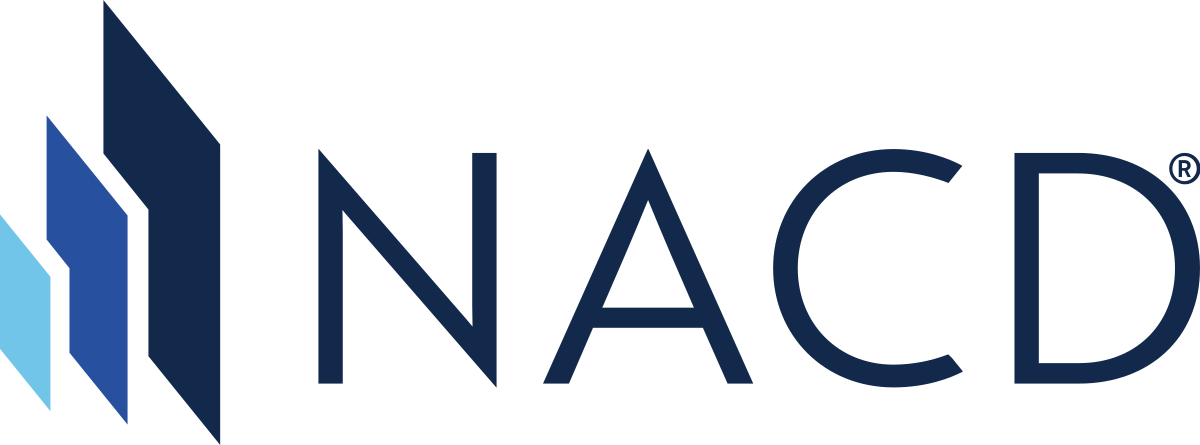
Governance Surveys

Isaacson on Doudna and Biotech: ‘This Is the Revolution That Will Most Change Our Time’
Walter Isaacson’s latest book, The Code Breaker, was published on March 9, the day after Isaacson agreed to participate in an NACD virtual chapter event facilitated by Dr. Helene Gayle, president and CEO of The Chicago Community Trust. The event was supported by Baker Botts, Lockton Cos., and Bank of America Corp.
Isaacson is a professor of history at Tulane University and a board member at United Airlines Holdings, as well as the former CEO of the Aspen Institute, chair and CEO of CNN, and editor of TIME magazine. Highlights from the conversation between Isaacson and Gayle—a physician and director whose board service includes roles at The Coca-Cola Co., Colgate-Palmolive Co., GoHealth, Palo Alto Networks, The Brookings Institution, and the Center for Strategic and International Studies—follow.
You’ve written about some incredible people. Why did Jennifer Doudna’s story make such an impression on you and why did you feel that this was a story that needed to be written?
I wanted to do the biotech revolution. This is the revolution that will most change our time. It will be more important than the digital revolution because instead of hacking digital code and giving us things like iPhones, we’ll be able to combine that with the ability to read, and even rewrite, the code of life—our genetic code. Also, RNA has turned out to be more important than DNA. RNA is at the heart of these [COVID-19] vaccines that we’re all hoping to get. I was looking for a way into that story. Back in 2000, all the men in biology were focused on DNA and the Human Genome Project, but a group of women who had almost been excluded from the Human Genome Project focused on RNA and that was Jillian Banfield, Jennifer Doudna, Emmanuelle Charpentier, I could go on.
Jennifer Doudna discovered the structure of RNA, how it can replicate itself, and that it was the molecule that began life on this planet. Through her life, I got to look at RNA, and then she and Emmanuelle Charpentier are the ones who invented this tool for editing genes called CRISPR. Finally, she decided she had to take on the moral issue—the humanity issue—of how we should use this technology. Those of us who are in boardrooms know that even when you have a product or some idea that’s going to work, you pause at a certain point and ask, How can we make sure this is used for good, and that it doesn’t cause any harm?
What did Doudna bring to CRISPR in the way that she collaborated and worked?
She made sure that everybody who came into her lab or into the company she was working at met everybody else and that they got along and clicked, that they were able to be very collegial with one another. I said [to Doudna], “Some people I know who are great leaders like having creative tension. They like having people with sharp elbows fighting each other because they think that leads to more innovation.” She said [paraphrased], “I get that, but that’s not who I am.
I believe in teamwork and collegiality, and people having each other’s backs, working hand in glove instead of always trying to best their own colleagues.” I think we need different ways of collegiality, different ways of competition. When you’re on a board, you don’t just look at who the CEO is, you look at the team that the CEO has built; and each CEO has a different style—sometimes they want creative tension. But in Jennifer’s case she wanted collegiality. That led to her working in a transatlantic collaboration with Emmanuelle Charpentier, and also graduate students who are in Vienna, one in Sweden, and in other places. They were able to collaborate working 24 hours a day because they were all in different time zones to win the race to discover how CRISPR works as a gene editing tool.
Talking about the nature of cooperation and the spirit of collaboration, can you apply lessons on team dynamics and leadership to business or other areas beyond science?
I went to ask Steve Jobs late in his life what the best product he ever made was. I thought he’d say the original Macintosh or maybe the iPhone. He said [paraphrased], “No, making products like that is hard. But what’s particularly important is making a team that can continue to make products like that. They said the best thing I ever did was make the team at Apple.” I began to see that teamwork was a thing and [the United States’] founders and their families may be one of the greatest teams ever put together. You need a person of great rectitude like George Washington; you need really smart people like Jefferson and Madison; you need people with high passion, like Samuel Adams and his cousin John. But you also need somebody who can make teams and that’s what Ben Franklin did. So, when I wrote about Jennifer Doudna, I didn’t just write about her scientific ability. I wrote about her collaborative and team-making ability, and most importantly how to be collaborative and competitive at the same time. Anybody who’s on a business board knows the notion of a frenemy or coopetition, or something where you’re cooperating half the time and competing half the time. That’s the hardest thing to do. We all know how to collaborate; we probably all know how to compete. Jennifer Doudna’s life story teaches us how to interweave the two.
A longer version of this conversation will be published in the May/June 2021 issue of Directorship magazine.
Mandy Wright is senior editor of Directorship magazine.